Ply
A Visual Web Inspector for Learning from Professional Webpages
Sarah Lim, Josh Hibschman, Haoqi Zhang, Nell O’Rourke
Northwestern University
UIST 2018, Berlin
Modern web design is complex and hard to learn

“How do I make a form like this?”

Tutorials may be hard to find
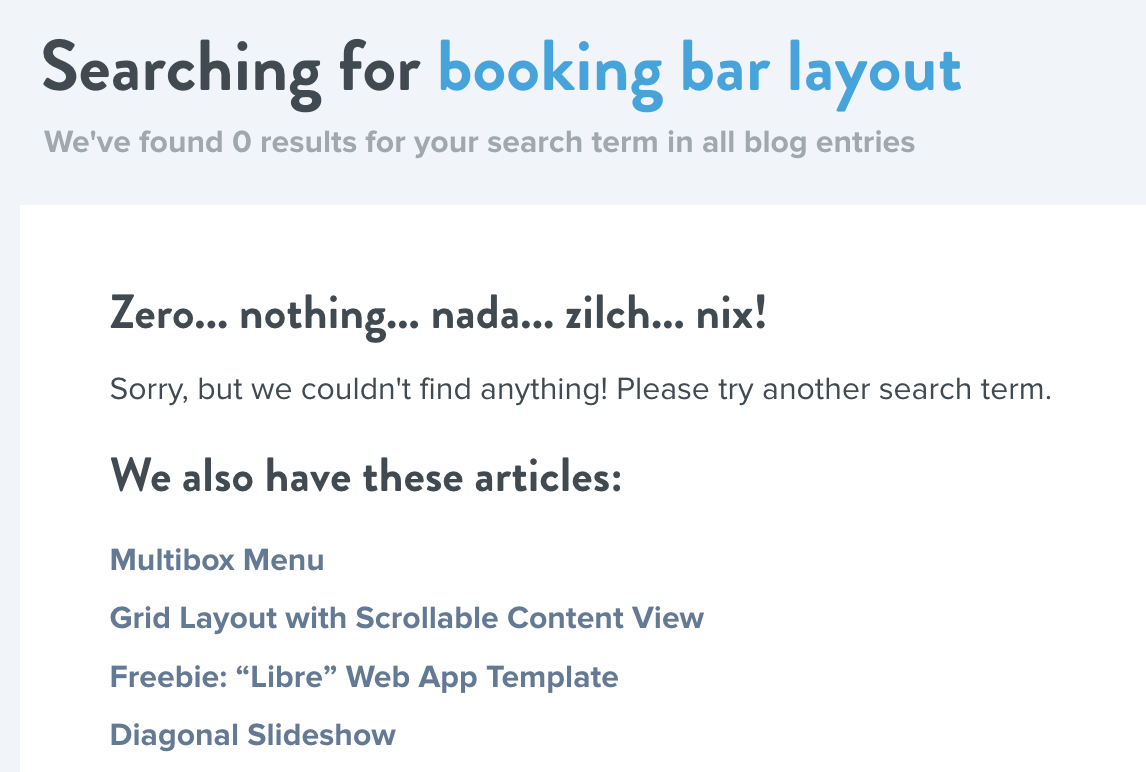
Tutorials aren’t quite right

vs.

Production webpages embed best practices

vs.

Any webpage can be inspected…
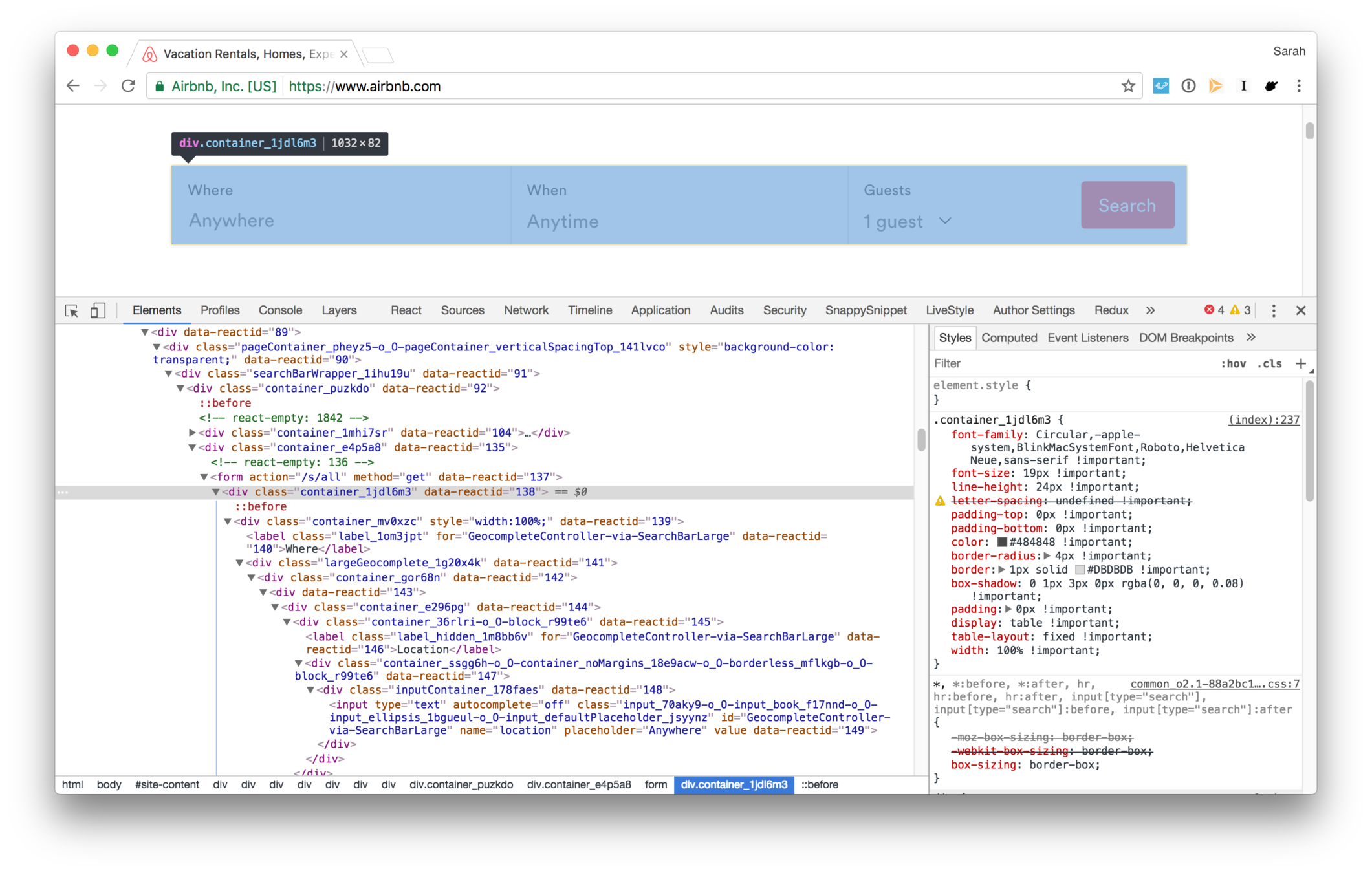
But tools are overwhelming for novices
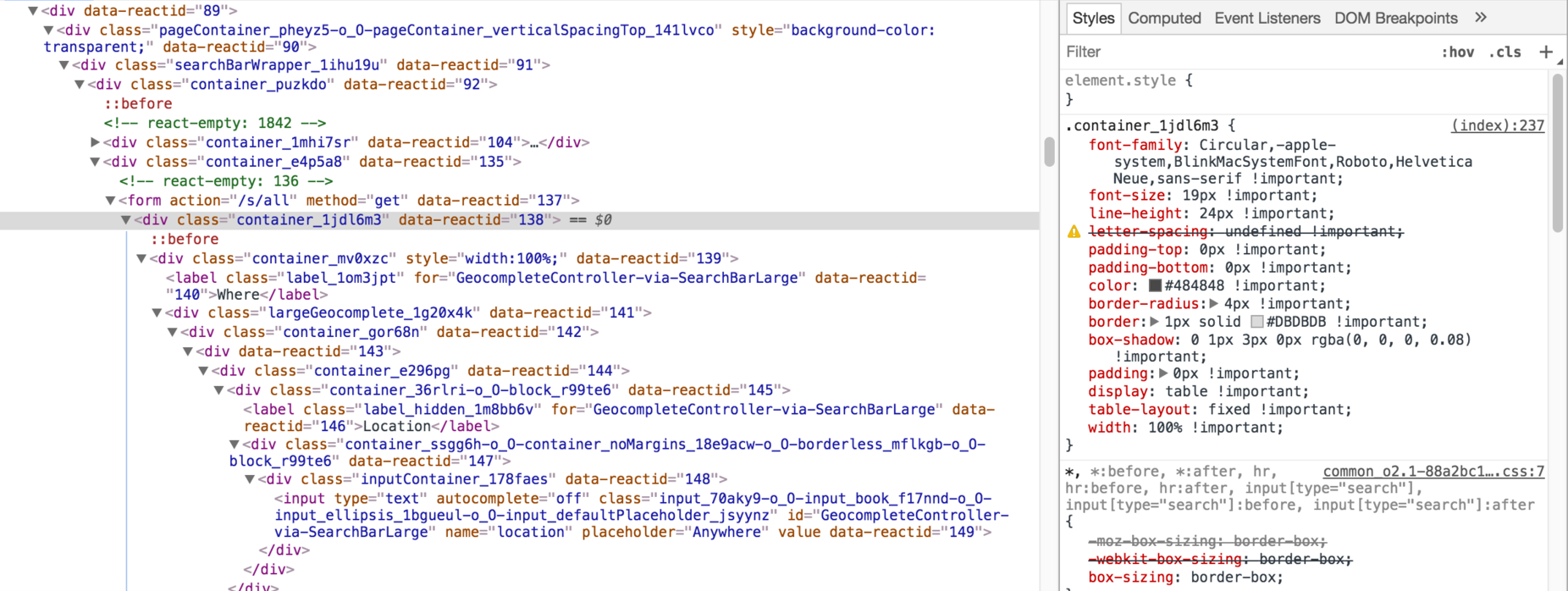
Contributions
- Needfinding: inspection pain points
- Ply: a visually-aware web inspector
- Two user studies
- Users replicate CSS 50% more quickly
- Learn new concepts
Needfinding
Surveyed undergraduate web developers (n = 20)
- Experiences with tutorials, inspecting examples
In-person follow-up study (n = 10)
- Replicating features from professional webpages using Chrome DevTools (CDT)
Novices rely on visual intuition, but existing inspection tools do not support reasoning visually about unfamiliar code.
In line with Gross and Kelleher (2010), Brandt et al. (2010), Ko, Myers, and Aung (2004)
Problem 1: Visually ineffective properties
Effective properties

Ineffective properties
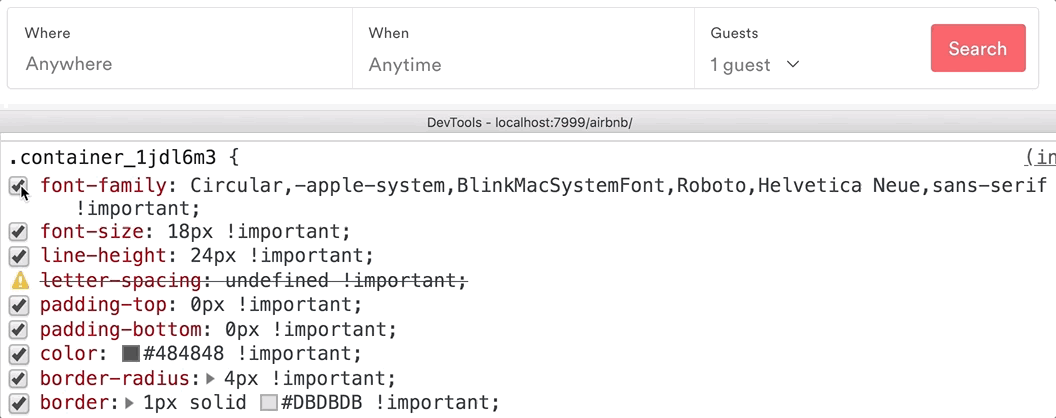
Ineffective properties are common
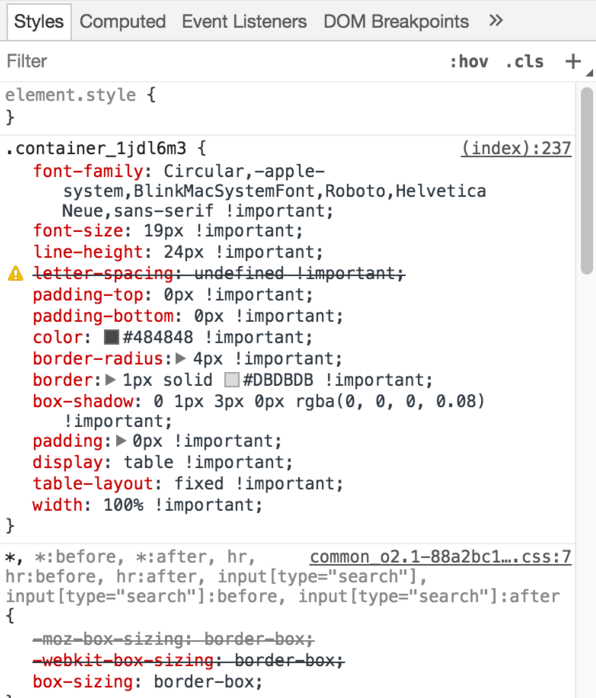
✗
✗
✓
- Style guides, component libraries
- Responsive breakpoints (
@mediaqueries) - Interaction states
Problem 2: Missing conceptual knowledge
Implicit dependencies
Hello
z-index depends upon position
Designing a learner-friendly web inspector
Hide visually-irrelevant code to minimize information overload and support novices’ visual intuition
Embed contextual guidance into inspector output to explain how properties coordinate
Building from Quintana et al. (2004)
Ply: a DOM and CSS inspector

1. Pruning ineffective properties
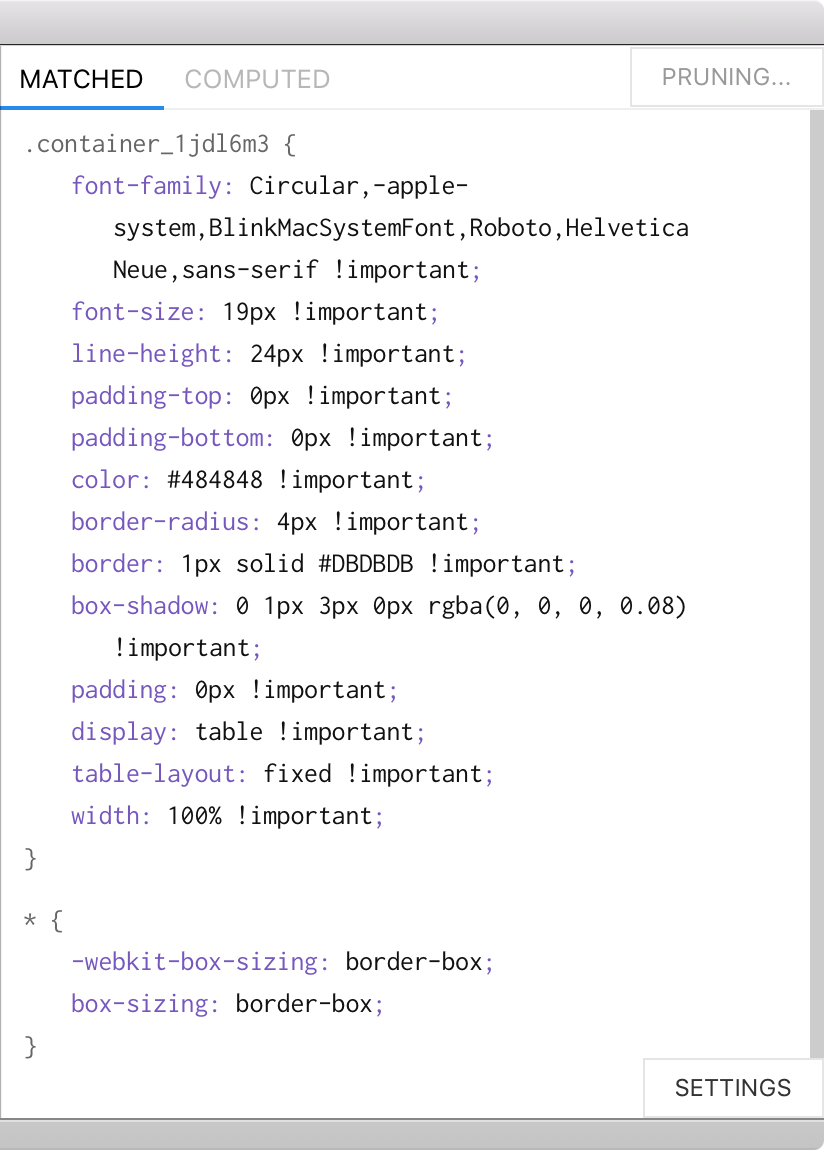
1. Pruning ineffective properties

1. Pruning ineffective properties

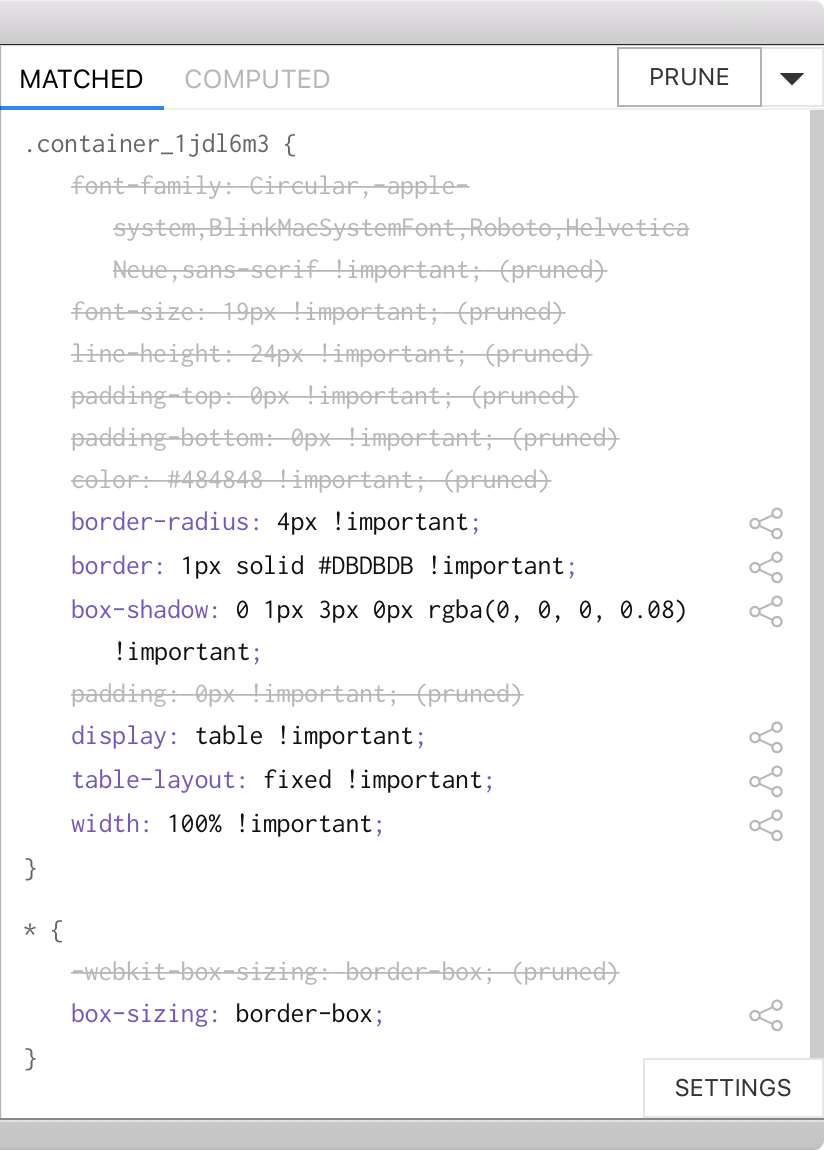
2. Computing dependencies
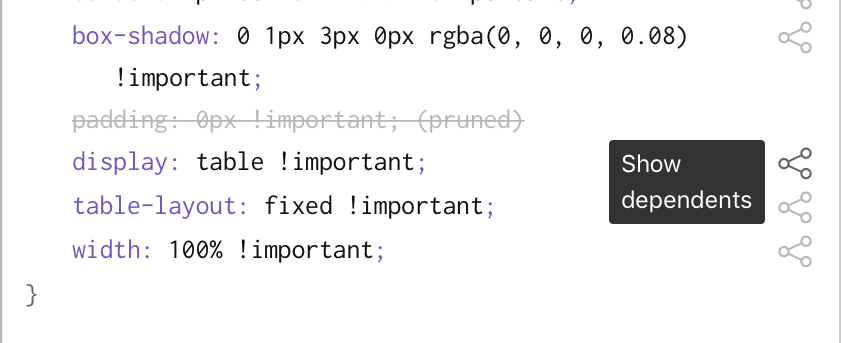
2. Computing dependencies
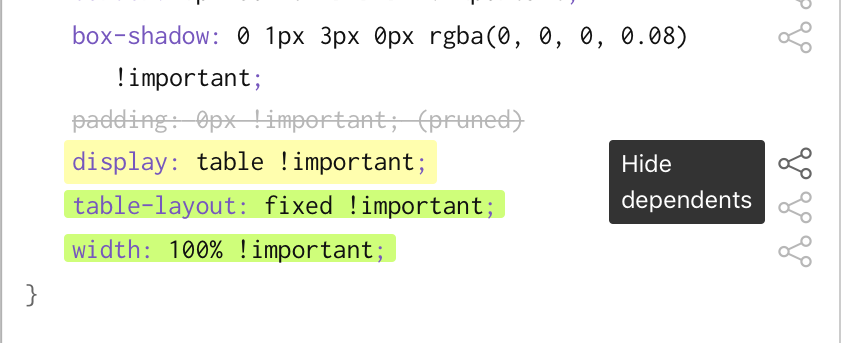
2. Computing dependencies
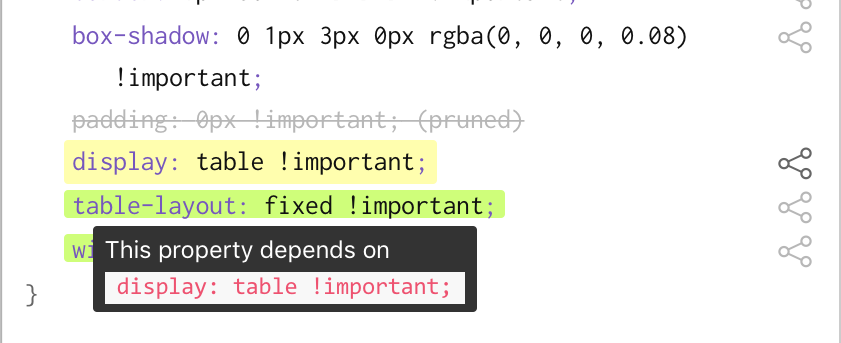
Visual subtypes

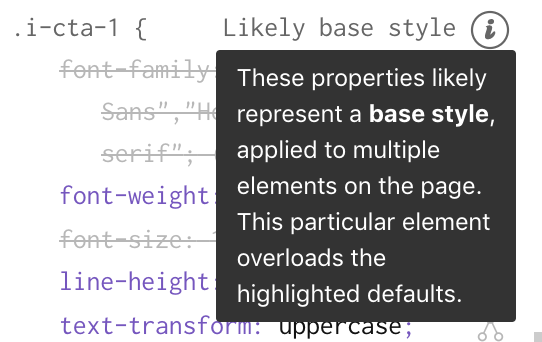
Using annotations to surface design patterns (see paper)
Visual Relevance Testing
Inspiration: Visual regression testing
- Capture original screenshots
- Make changes to codebase
- Test for differences (visual regressions) in output
Key idea
A property is visually effective if and only if its deletion causes a regression


width: 100%;
⟹ width: 100%; is effective


display: block;⟹ display: block; is ineffective
Dependency satisfied

Dependency missing

Evaluation
Study 1: Replication speed
Does pruning ineffective properties help developers replicate features more quickly?
Setup
- n = 12, between-subjects, CDT as control
- 40 minutes, three milestones
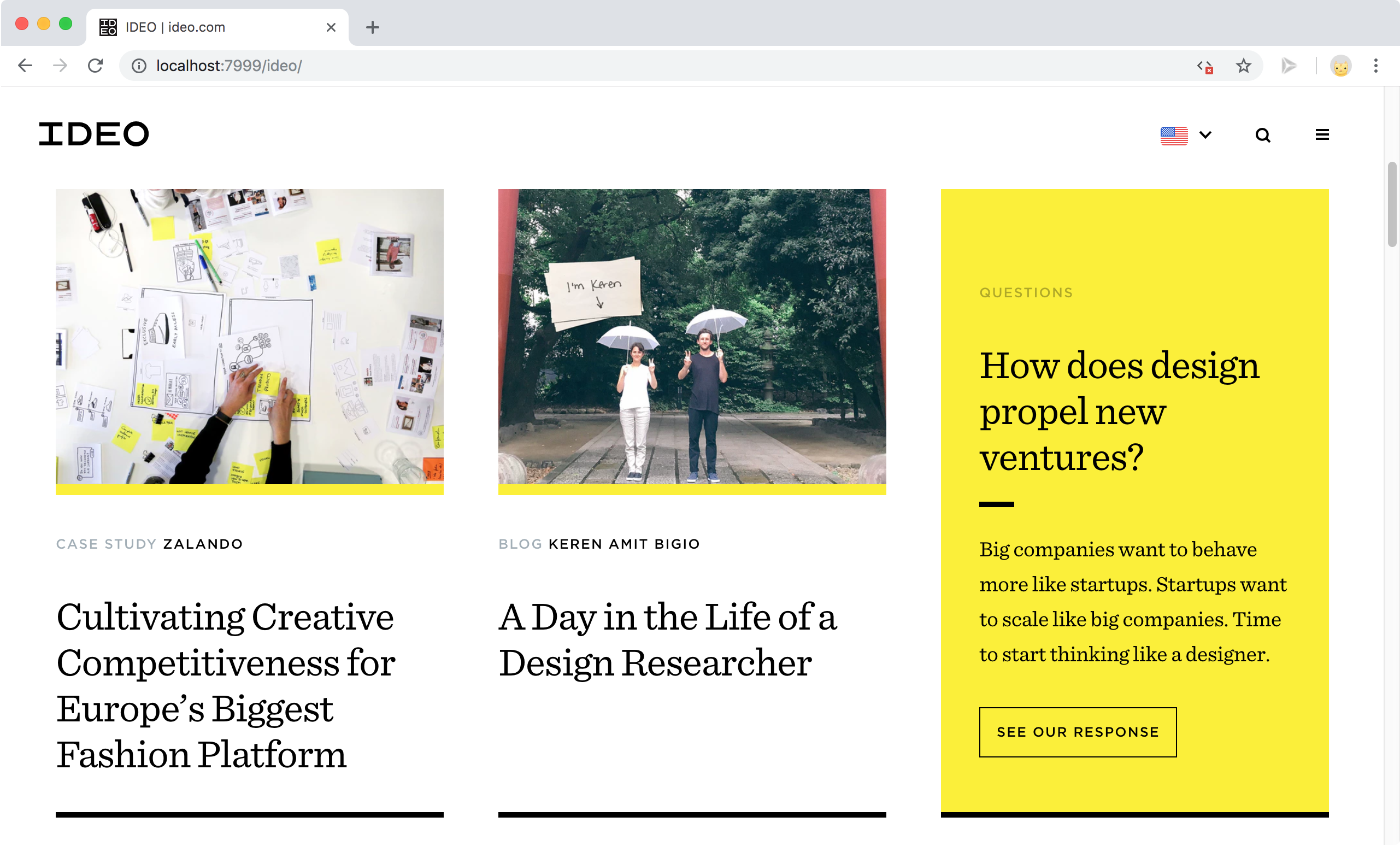
Learners were faster with Ply
- 50% faster overall (n.s., p = .06)
- 3.5 times faster to first milestone (p = .01)
- 2.5 vs. 8.9 minutes
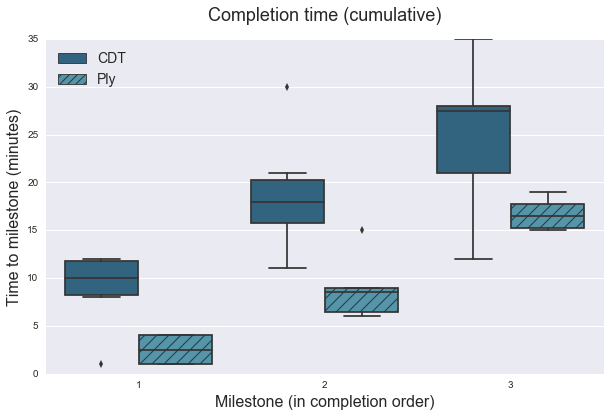
Study 2: Conceptual learning
How does embedded guidance help novice developers learn new CSS concepts?
Setup
- n = 5 inexperienced users
- Pre- and post-tests
- Implicit dependencies and visual subtypes (see paper)

Novices could identify dependencies
- Before: 0 out of 5 identified dependency between
z-indexandposition - After: 5 out of 5
“Something about
z-indexwould change as a result ofpositionnot being fixed.position: fixed;is doing something beyond pinning in place while you scroll.”
Takeaways
Production webpages can support authentic learning
CSS is nontrivial to understand – need semantic tools that support visual intuition
Learner-centered developer tools
Ply: Visual Web Inspection



